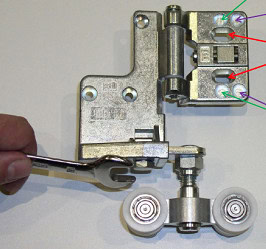The answer to this question might initially seem straightforward. After all, aren’t latches and hinges just simple, mundane parts of our doors and windows? It’s when we delve into the intricacies of their design, function, and use cases that this topic takes on a whole new layer of complexity. And it’s those intricacies that make me so eager to explore and share with you all today.
A latch and a hinge, though serving similar end purposes – that of granting access or restricting it, have fundamentally different mechanisms and functionalities. While a latch secures a door or window by sliding into a corresponding piece and locking it into place, a hinge is a joint that holds two parts together, allowing rotation between them. Essentially, a hinge is about movement, and a latch is about secure closure.
Now that we’ve scratched the surface of what distinguishes a latch from a hinge, I can’t wait to delve deeper and uncover the fascinating details beneath. Shall we?
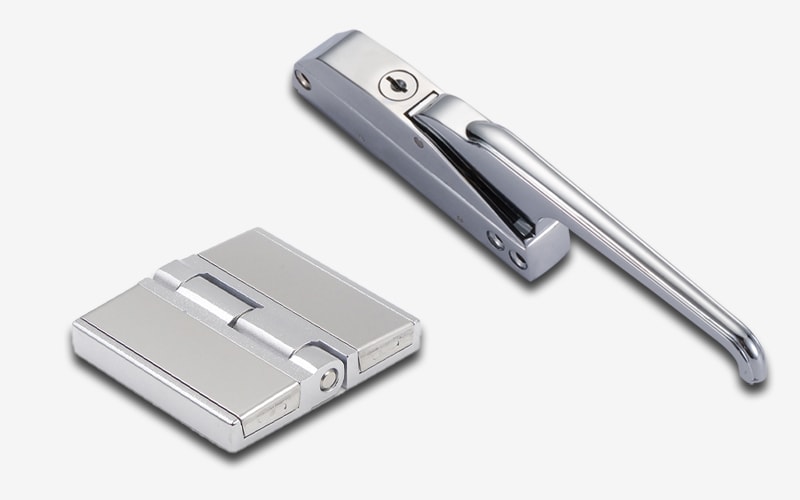
How Does a Latch Work?
A latch is, at its core, a simple mechanism. It consists of a bar that falls or slides into a catch to prevent a door or window from opening. Typically, you’ll need to manually move the latch to open or close it. It’s a primitive, yet effective security feature that has been a part of human homes for centuries.
What About Hinges?
Hinges, on the other hand, are all about smooth and controlled movement. They’re essentially composed of two plates (also known as leaves) connected by a pin, allowing for a swivel or rotation. The door or window is typically attached to one leaf, while the other leaf is secured to a stationary object like a door frame.
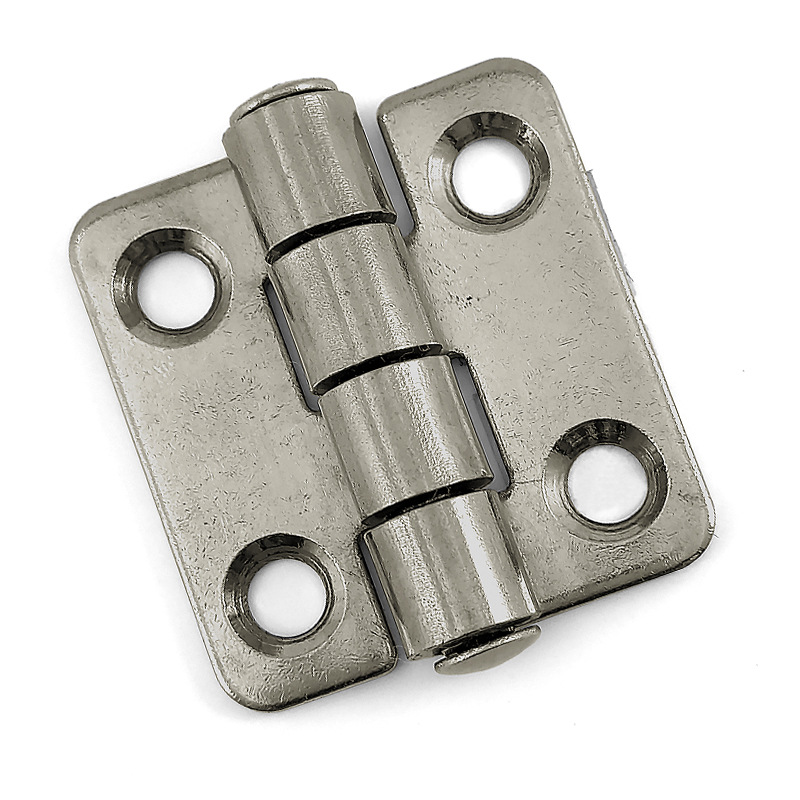
Are There Different Types of Latches?
Absolutely! Latches come in various forms to cater to diverse needs. Spring latches and deadbolts are two common examples found in residential doors. Spring latches are easy to use as they automatically secure the door once it’s shut, while deadbolts provide an added level of security, requiring a key to open.
How Many Types of Hinges Exist?
Just like latches, hinges are not one-size-fits-all. Some popular types include butt hinges, the most common type used in house doors, and piano hinges, which run the entire length of the door for added strength. Each type has its specific characteristics and suitable applications, based on factors like weight, size, and required movement.
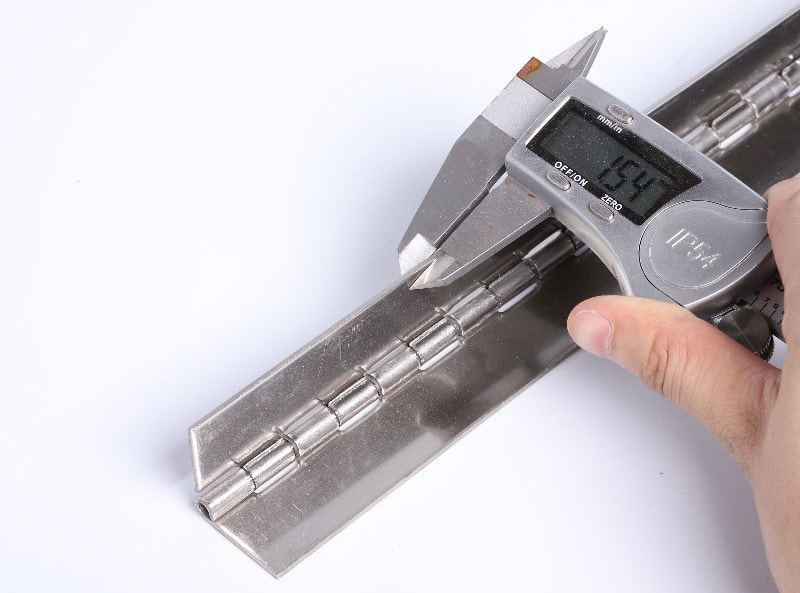
How Are Latches and Hinges Made?
Latches and hinges are typically made from durable materials like steel, brass, or even stainless steel. The choice of material is determined by factors such as strength, corrosion resistance, and aesthetics. The manufacturing process may involve forging, casting, or even machining, based on the desired characteristics of the final product.
What’s the Role of Latches and Hinges in Security?
While both latches and hinges contribute to security, their roles are distinct. A latch is a primary line of defense, securing your door or window against unwanted entry. Hinges, while not directly involved in locking, are crucial for maintaining the integrity of the door or window. Strong, well-maintained hinges can deter forced entry attempts.
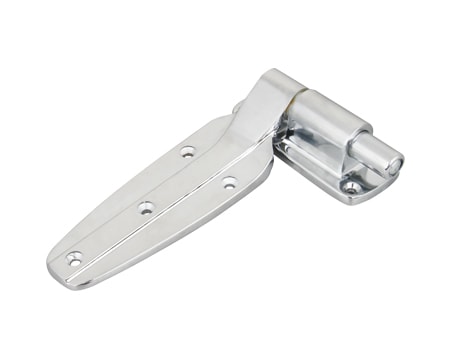
Can I Install Latches and Hinges Myself?
If you’re handy and have the right tools, you can certainly try your hand at installing both latches and hinges. However, for secure installations, especially for exterior doors and windows, you might want to consider hiring a professional. They’ll ensure the correct placement and alignment, which are critical for the functionality and longevity of these hardware pieces.
Are Latches and Hinges Expensive?
The cost of latches and hinges can vary greatly based on the type, material, design, and brand. While there are inexpensive options available, investing in high-quality pieces might pay off in the long run through enhanced security and durability. Remember, it’s not just about the initial cost but also the longevity and performance of the hardware.
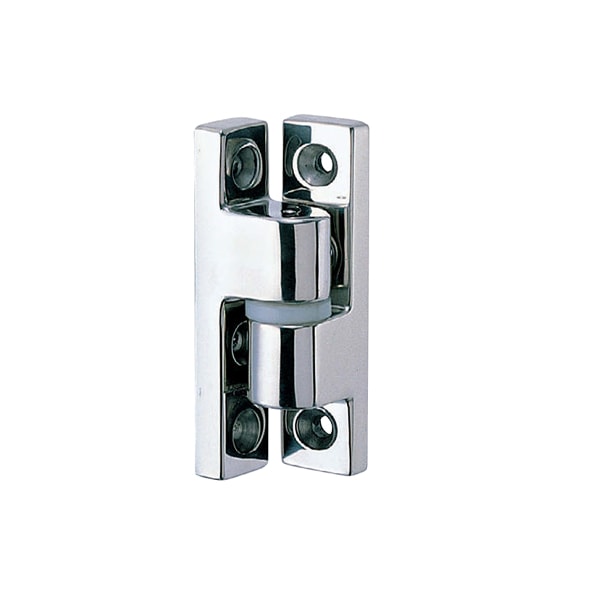
Conclusion
In essence, a latch and a hinge are two sides of the same coin. They play complementary roles in ensuring our doors and windows serve their intended purpose – providing access when needed and securing our spaces when not. Although often overlooked, these hardware pieces are vital in our everyday lives, be it in our homes, offices, or even vehicles. To appreciate them fully, we must understand their distinct functions, mechanisms, and intricacies, and hopefully, this exploration has helped in doing just that.
You might also be interested:

